Sustainable living is growing in popularity every day, with good reason. In simple terms, “sustainable living” refers to living in a way where you take advantage of as few resources as possible and, in the process, you preserve and replenish these resources for future generations. But what sustainable living looks like in everyday life?
Right now, people all over the world are using precious resources 25 percent faster than can be replaced by nature or other sources.
This data comes from the World Wildlife Fund, a very reliable source. If this continues at the same rate, the world population will need a second planet by 2050 – a terrifying thought.
In recent years, the Global Footprint Network, an international research organization has initiated the project ‘Earth Overshoot Day’.
Each year they record the Earth Overshoot Day – the date when humanity has used as much ecological resources as the planet’s natural ecosystems can regenerate in the whole year.
To put this into perspective, the Earth Overshoot Day in 1970 was on December the 29th and in 2020 was August the 22nd!

On top of that, we use the energy from burning coal, oil, and gas to heat and cool our houses, drive our cars, travel and transfer goods, and produce an endless array of products.
The gases and fumes from coal extraction, industries, and cars cause the air to heat up, which results in changing the Earth’s climate. This phenomenon is called Climate-Change.
Examples of Good Sustainable Living
Sustainable Communities
Sustainable communities are popping up all over the place, which is an excellent sign that this way of living is working. Many of these communities are self-sufficient and designed for people to get around either by walking or utilizing non-motorized vehicles such as bicycles.
Sustainable building techniques, sometimes referred to as ‘green building techniques’, are used in these communities.
They include eco-friendly things like:
- Locally sourced materials.
- Use of Air source heat pumps, Ground source heat pumps, Solar water heating, Biomass or Thermal energy stores.
- Use of Solar photovoltaic panels (SPVs) to generate renewable electricity.
- Installation of energy-efficient appliances.
- The design of the living spaces takes advantage of the sun’s heat and light.
- Incorporate as many recycled and non-toxic materials as possible.
- Use of modular furniture to maximise the living space and use it effectively.
- Integrate systems for maximum energy and water efficiency (green roofs, rain water harvesting for bathrooms etc).
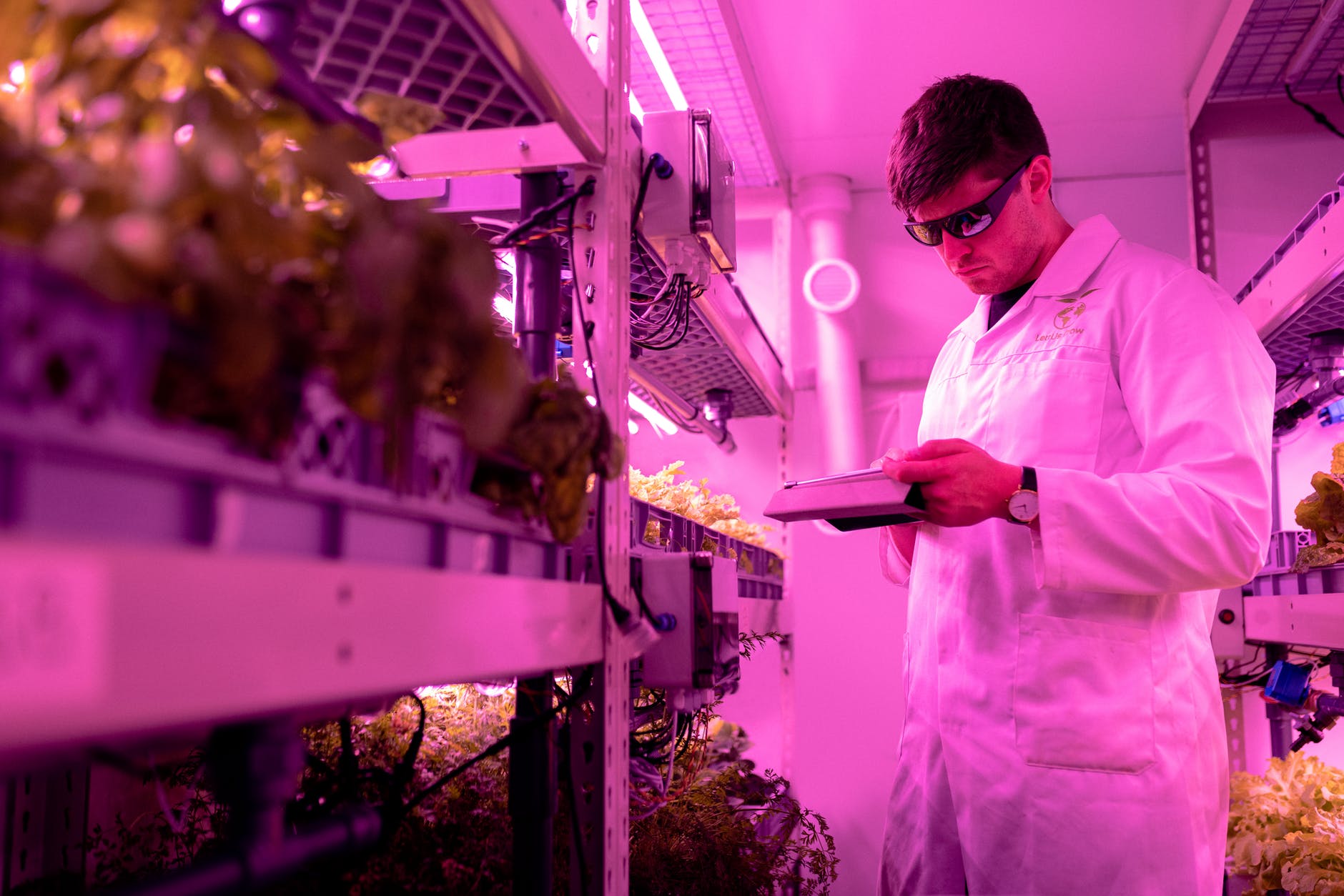
How do they manage to be sustainable?
These homes use sustainable energy sources like water, wind, solar power, and geothermal energy. They can collect these resources in a environmentally friendly way.
These communities also grow most of their food organically. They work with nature – not against it as we do with the traditional farming methods.
They implement systems such as Regenerative Agriculture and Rewilding to avoid soil depletion from its nutrients and land damage. They also use Hydroponics to grow plants without soil (by feeding them on mineral nutrient salts dissolved in water).
Also, more and more of these communities are starting to recycle their waste materials. A portion of it is eventually used as compost, enhancing garden soil’s richness, which then yields bigger crops.

Sustainable Living Tips
We can all do our bit to live more sustainably – doing something is better than doing nothing.
Here are a few eco-friendly living ideas:
- Make your cleaning products instead of buying the chemical offered at the shops. Check out our recipe here.
- Plan menus based on what you already have. It cuts down on packaging and food waste. It is also more economical.
- If you have a garden or a flat roof, take full advantage of it and plant vegetables (on the ground or in pots). Did you know that you can also grow your veggies indoors? You can plant anything from carrots to tomatoes, scallions, and salad.
- Opt for a plant-based diet.
- Buy loose vegetables and food in recyclable containers.
- Catch the rainwater to water your plants.
- Re-adjust your toilet tank to reduce the amount of water needed to flush.
- Purchase energy-efficient appliances.
- Consume less.
- Replace all the bulbs in your home with LED lights.
- Dry your clothes outside instead of using the dryer. Also, wash in cold water (30′ degrees) to reduce energy consumption.
- Say no to synthetic fragrances. Replace them with natural essential oils instead.
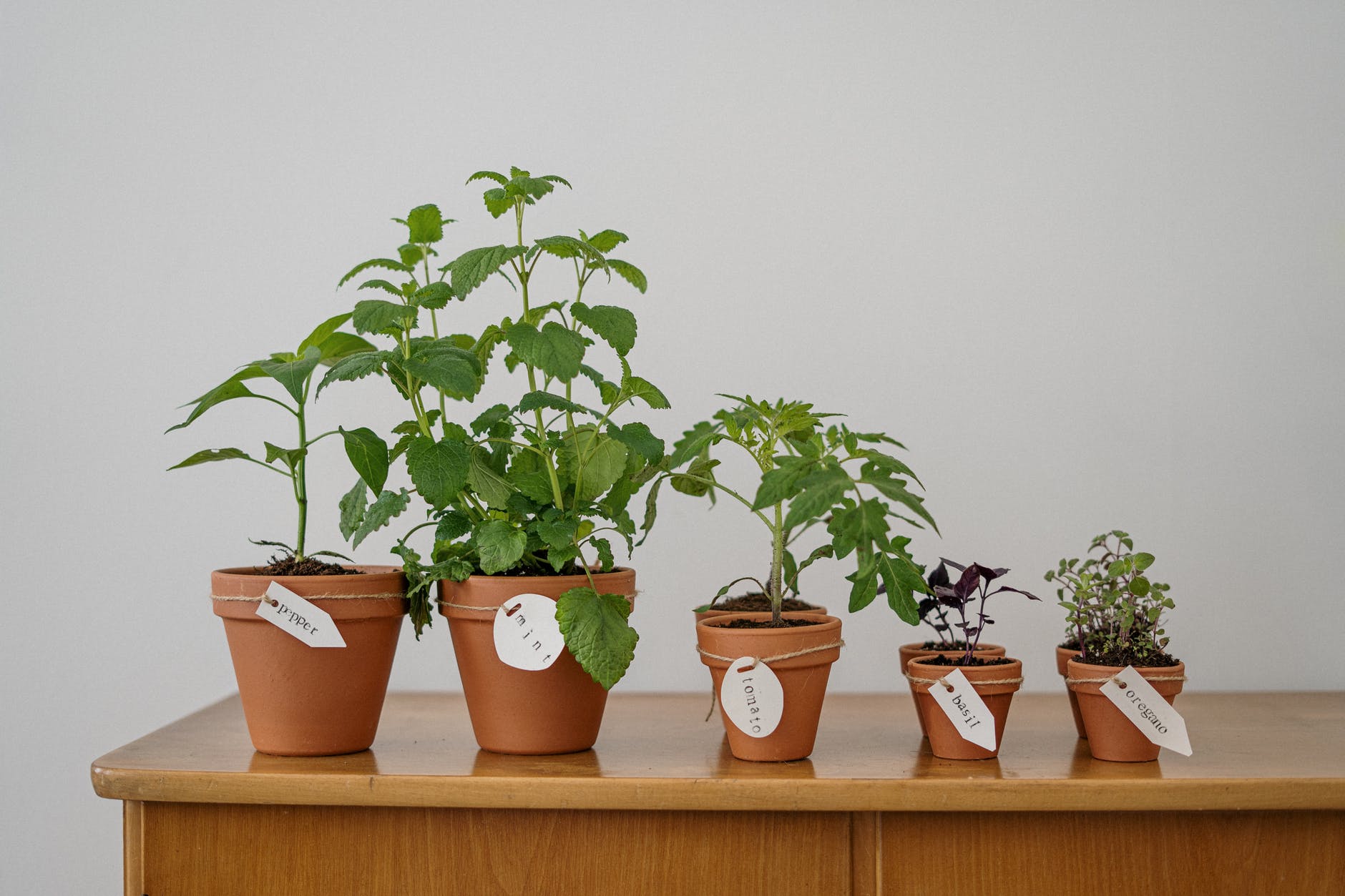
Conclusion
These are just a few ideas of good, sustainable living. There are many more to consider, but you don’t have to do everything to make a difference.
Some people follow this way of life on a small scale and are quite successful at it.
If this is something you’re interested in trying, there’s no better time to get started. The chances are that you have more time in your hands to begin now and establish great eco-friendly habits.
We all collectively have the power to create change towards a more sustainable world, and what could be better than getting started in doing just that?
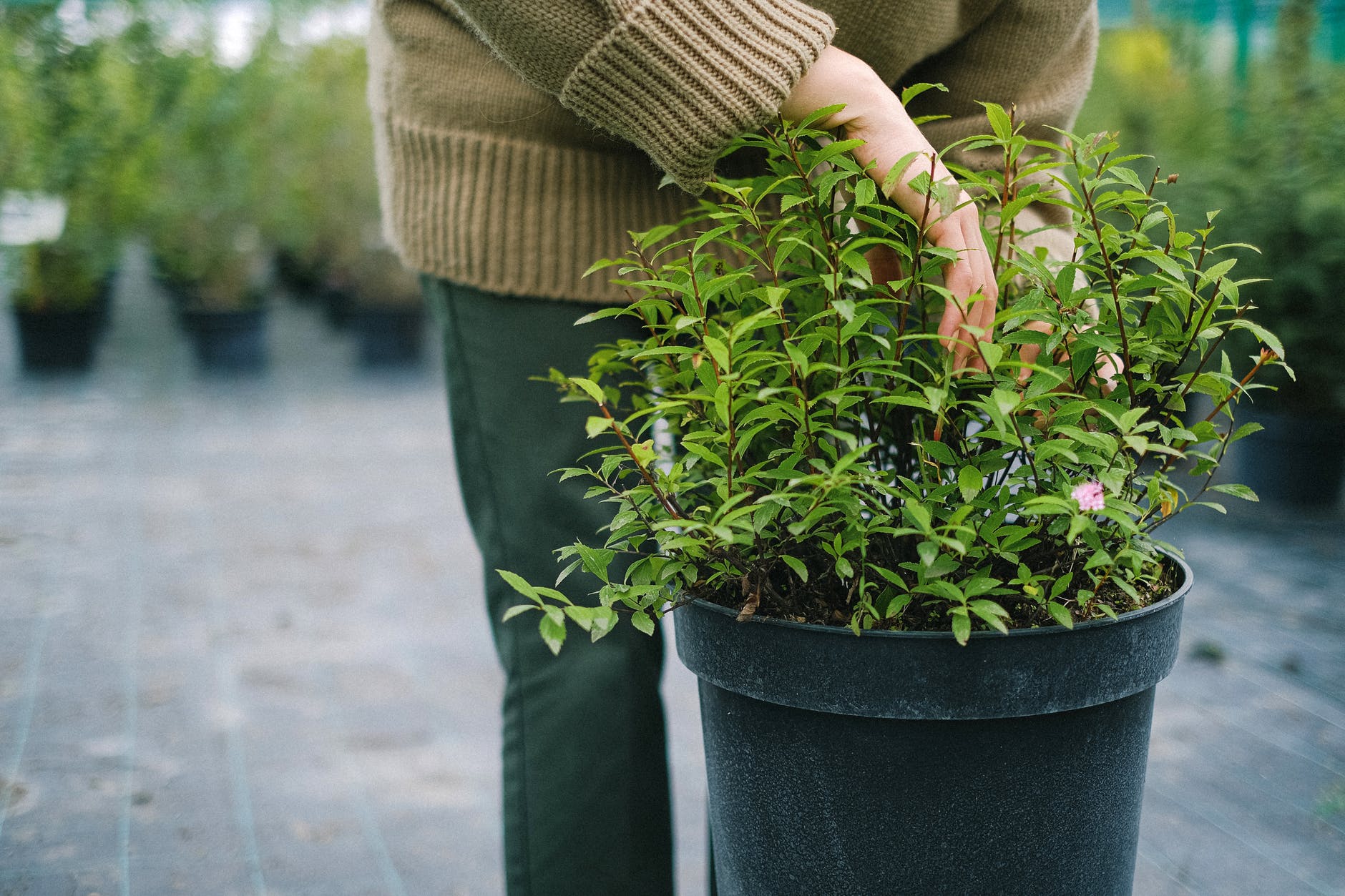
Sources:
https://www.overshootday.org/newsroom/past-earth-overshoot-days/
https://en.wikipedia.org/wiki/Permaculture
Image courtesy: https://qz.com/921517/how-singapore-became-asias-greenest-city/
https://www.thespruce.com/how-to-grow-vegetables-indoors-1403183
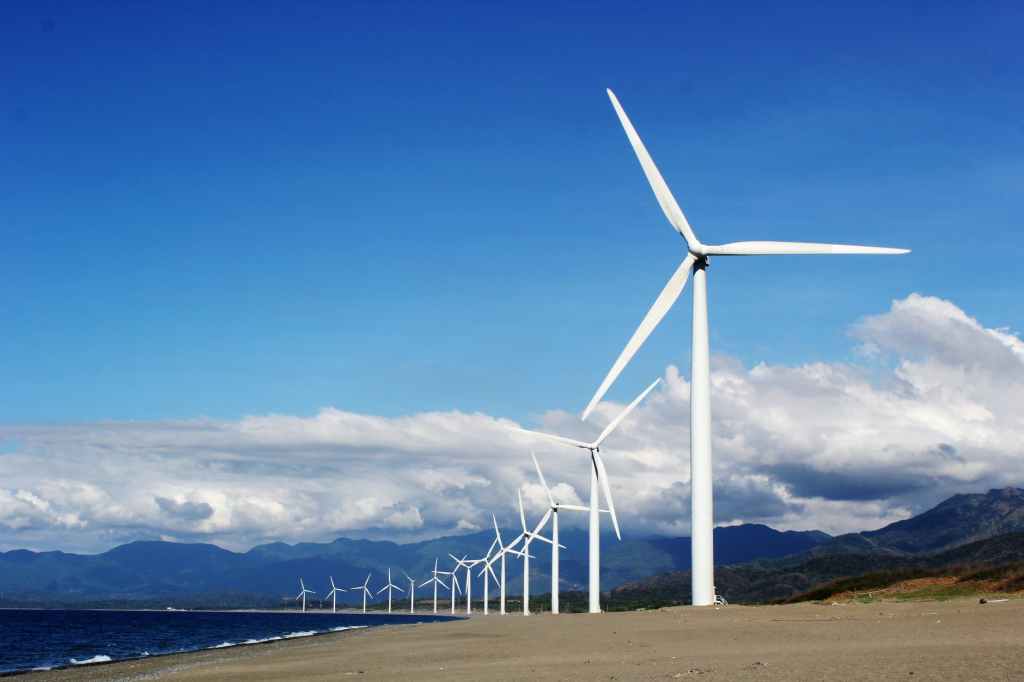

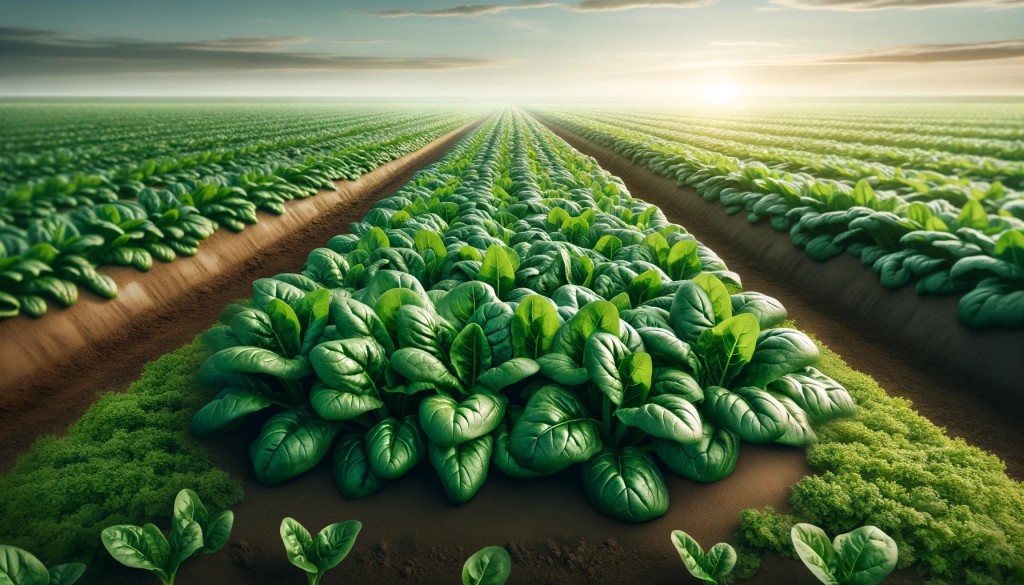



You must be logged in to post a comment.